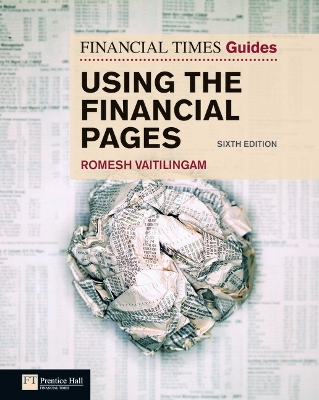Financial Times
3 total works
The Financial Times Guide to Using the Financial Pages
by Romesh Vaitilingam
Financial Times Guide to Using the Financial Pages, The
by Romesh Vaitilingam
This thorough reference guide to reading and really understanding the financial pages shows you where to look for information and how to make best use of it. Designed for a range of users, from corporate managers to individual investors, it shows you how to assess and evaluate information so as to benefit your investing and saving strategies and better understand economic indicators and financial jargon.
Financial Guide to Using the Financial Pages uses real examples from the financial newspapers, case studies of businesses, company reports and electronic information.
This new edition has been fully updated with new features, including:
- A wider range of examples of financial information.
- References at the end of each chapter, rather than at the end of the book.
- Online and ‘new media’ references incorporated throughout the book
- More discussion on financial regulation and governmental bodies.
- A glossary of financial terms.

